Nearly five decades after its creation, Bill Gates has shared the original source code for Altair BASIC, the software that launched Microsoft and helped ignite the personal computing revolution. The 1975 code, now available as a 157-page PDF of scanned fan-fold paper, offers a fascinating glimpse into the humble beginnings of one of the world’s most influential tech companies.
Before Windows, before Office, and long before Microsoft became a household name, there was a 4KB BASIC interpreter painstakingly written by Gates and co-founder Paul Allen for the Altair 8800, one of the first commercially successful microcomputers. This tiny piece of software not only proved that personal computers could be practical tools but also set the stage for the digital age we live in today.
The Birth of Microsoft in a 4KB Interpreter
In early 1975, Gates and Allen saw the Altair 8800 on the cover of Popular Electronics and recognized an opportunity. “We figured the PC revolution was imminent,” Gates recalled, “and we wanted to get in on the ground floor.”
At the time, most computers were massive, expensive machines used by corporations and universities. The Altair, however, was a $439 kit that hobbyists could assemble at home. But it had a major limitation: no software. Without an easy way to program it, the machine was little more than a box of blinking lights.
Gates and Allen decided to create a BASIC interpreter—a program that could execute code line by line—rather than a compiler, which would have required more memory. “We figured the line-by-line approach would be helpful to novice programmers,” Gates explained, “since it would give instant feedback, allowing them to fix mistakes as they coded.”
There was just one problem: They didn’t actually have an Altair.
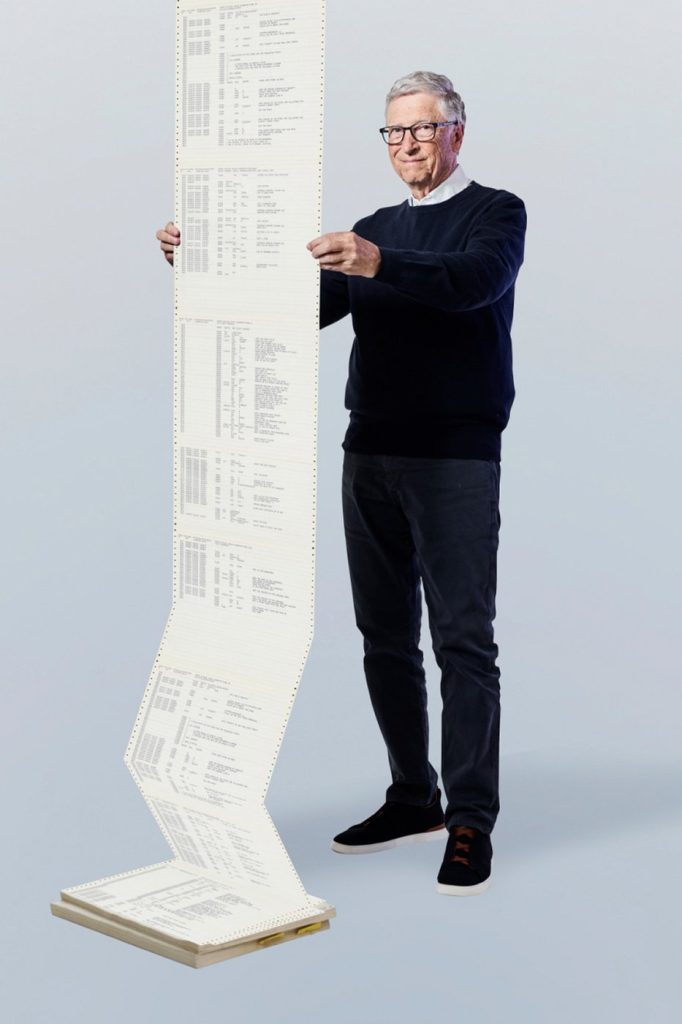
Writing Software for a Computer They Didn’t Own
Without access to an Altair 8800, Allen wrote an Intel 8080 emulator on a PDP-10 mainframe, allowing them to develop and test their BASIC interpreter before ever touching the real hardware. Meanwhile, Gates focused on squeezing the entire language into just 4KB of memory—a necessity because additional RAM for the Altair often cost more than the computer itself.
Another challenge was making the software usable. Early microcomputers had no keyboards or monitors—users input programs via toggle switches and read output in binary lights. Despite these limitations, Gates and Allen managed to craft a functional BASIC interpreter, with help from Monte Davidoff, who developed the floating-point math routines.
When they pitched the software to MITS (Micro Instrumentation and Telemetry Systems), the company behind the Altair, they claimed it was already finished—even though they were still debugging it. The gamble paid off: MITS licensed the software, and in July 1975, Altair BASIC became Microsoft’s first official product.
From 4KB BASIC to a Tech Empire
The initial version, 4K BASIC, was rudimentary by today’s standards. It lacked advanced string manipulation and other features that later became standard in home computers. An improved 8K BASIC followed, adding more functionality, but the core innovation was already there: a way for ordinary people to program their own computers.
For Gates and Allen, this was just the beginning. “This was a pivotal moment for Paul and me,” Gates said. Altair BASIC became the first product of our new company, which we decided to call Micro-Soft.” (The hyphen would disappear a year later.)
The success of Altair BASIC proved that software could be a business. Before this, most programs were shared freely among hobbyists. Gates famously wrote an open letter in 1976 condemning software piracy, arguing that developers deserved to be paid for their work—a stance that would shape the entire software industry.
Why This Code Still Matters Today
Looking back, the Altair BASIC source code is a time capsule of early computing. Written in assembly language, it’s a far cry from today’s high-level programming environments. Yet, its influence is undeniable.
- It proved microcomputers could be useful, not just toys for enthusiasts.
- It established Microsoft’s business model, showing that software had commercial value.
- It set the stage for future innovations, from MS-DOS to Windows.
Gates himself remains nostalgic about the project. “I still get a kick out of seeing it, even all these years later,” he said. “Computer programming has come a long way over the last fifty years, but I’m still super proud of how it turned out.”
A Piece of Computing History, Now Public
The newly released source code isn’t in a modern repository—it’s a scanned PDF of the original printout, complete with handwritten notes and annotations. For historians and programmers, it’s a rare look at the genesis of modern software development.
An annotated disassembly of Altair BASIC 3.2 is also available on GitHub, offering a more accessible way for today’s developers to study the code.
The Legacy of Altair BASIC
Fifty years later, Microsoft is a $3 trillion company, and personal computers are everywhere. But it all started with two young programmers, a borrowed mainframe, and a dream of putting computing power into the hands of individuals.
Altair BASIC wasn’t just a product—it was the spark that helped ignite the PC revolution. And now, thanks to Gates’ decision to share the source code, a new generation can see where it all began.
For anyone interested in tech history, this is more than just old code. It’s the blueprint of the digital world.



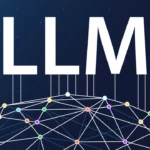

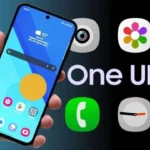

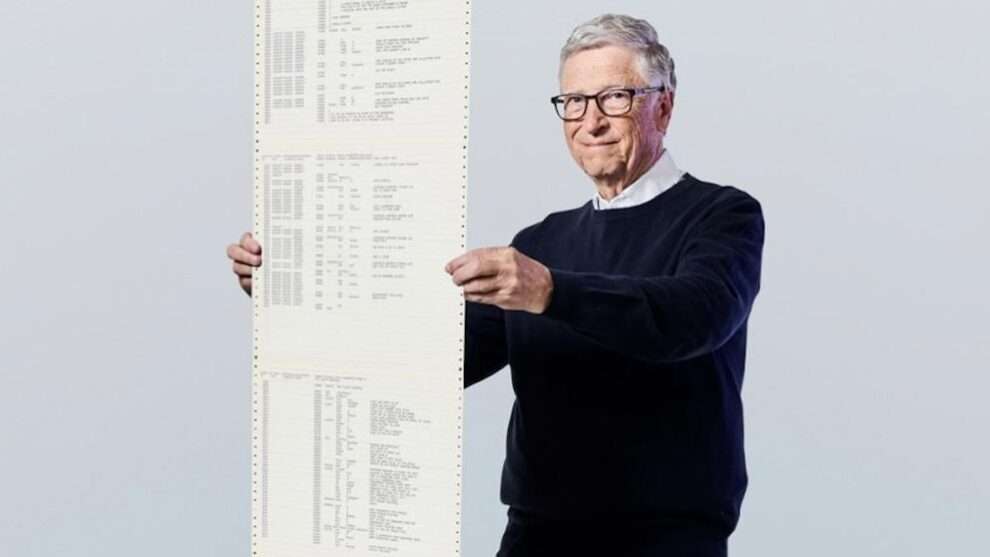
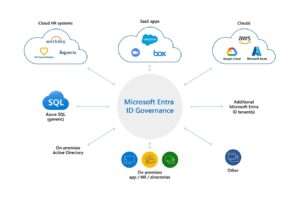







Add Comment